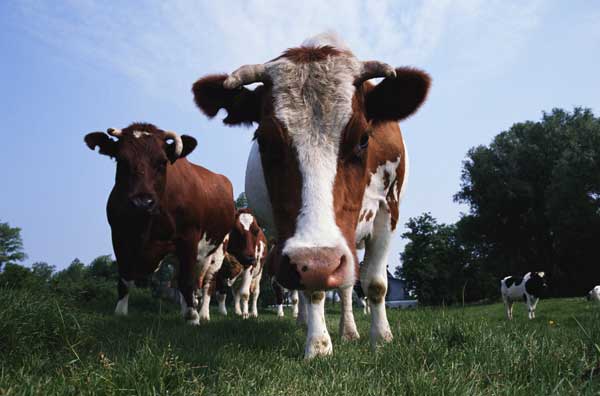October 18, 2011

This August, USDA’s Animal and Plant health Inspection Service (APHIS) proposed a new set of rules for animal traceability under which livestock moving interstate would have to be officially identified unless specifically exempted.
According to Dr. Dee Ellis, Texas state veterinarian and executive director of the Texas Animal Health Commission, the new set of proposed rules are USDA’s new effort following the failed attempt a few years ago to develop a national animal disease traceability system, then called NAIS, or National Animal Identification System.
“This program is different from NAIS,” Ellis told cattlemen attending the fall meeting of the Texas and Southwestern Cattle Raisers Association recently in Lubbock. “One of the big differences is that it’s not a tracking process per se. Basically, what it says is, to move an animal interstate you have to have an official ID. So if you don’t move animals interstate, you don’t have to have an official ID under this rule.”
That’s a big difference from the old NAIS rule, he says. Under the old rule, every time an animal moved, it had to be logged. So if you took a cow to the vet, that had to be entered, or if you changed pastures, that movement had to be logged. “That’s not the case anymore. It says put a tag in their ear and let them go. State animal health officials have to figure out where that animal came from.”
Ellis says the beef industry has a lot at stake with the proposal. The dairy industry has had an official ID tracking system since 2005 and sheep producers have been operating under a scrapie control system that requires official ID for about 10 years. The beef industry, however, doesn’t have any sort of across-the-board official tagging and tracking system—yet. “The ability to track where diseased or at-risk animals have gone or been moved from is critical in ensuring a rapid response should an animal disease event take place,” says Ellis.
Under the proposed rule, USDA will provide ear tags to states at no charge. Then it’s up to each state to figure out how to distribute those tags and track animal movement when they cross state lines. That’s going to be a challenge, Ellis says, in light of the 46 percent budget cut the Texas Animal Health Commission suffered this summer.
The proposed rule states that cattle and bison that are required to be officially identified for interstate movement must be identified by an official ear tag or a group/lot identification, when that’s possible, and accompanied by an interstate certificate of veterinary inspection or other documentation, such as owner-shopper statements or brand certificates. “States or tribes may accept another form of identification, including but not limited to brands, tattoos and breed registry certificates, as agreed on by animal health officials in the states or tribes involved in the movement,” according to the proposed regs.
Beyond that, the proposed rule specifies that all sexually intact cattle 18 months of age or over must be identified when moving interstate, as must dairy cattle of any age. Feeder cattle and cattle moving directly to slaughter are exempt in the initial phase. Should the rule become effective, eventually all cattle will need to be identified when moving interstate. Ellis guesses that the final phase, where all cattle will have to be identified, will occur 2 to 3 years after implementation.
Ellis says Texas cattlemen will have to decide what kind of system they want. “Do you want a good system?” he asked the cattlemen, something that meets the minimum standards, “a pretty good system or a really good system?” There are pluses and minuses with each, he said, and he encouraged producers to work through their state associations to make their voices heard.
Comments on the proposed rule will be accepted through December 9. To read the proposed rule, go to http://www.regulations.gov/#!documentDetail;D=APHIS-2009-0091-0001. Information on the proposed rule can be found at http://www.aphis.usda.gov/traceability/.
You May Also Like




